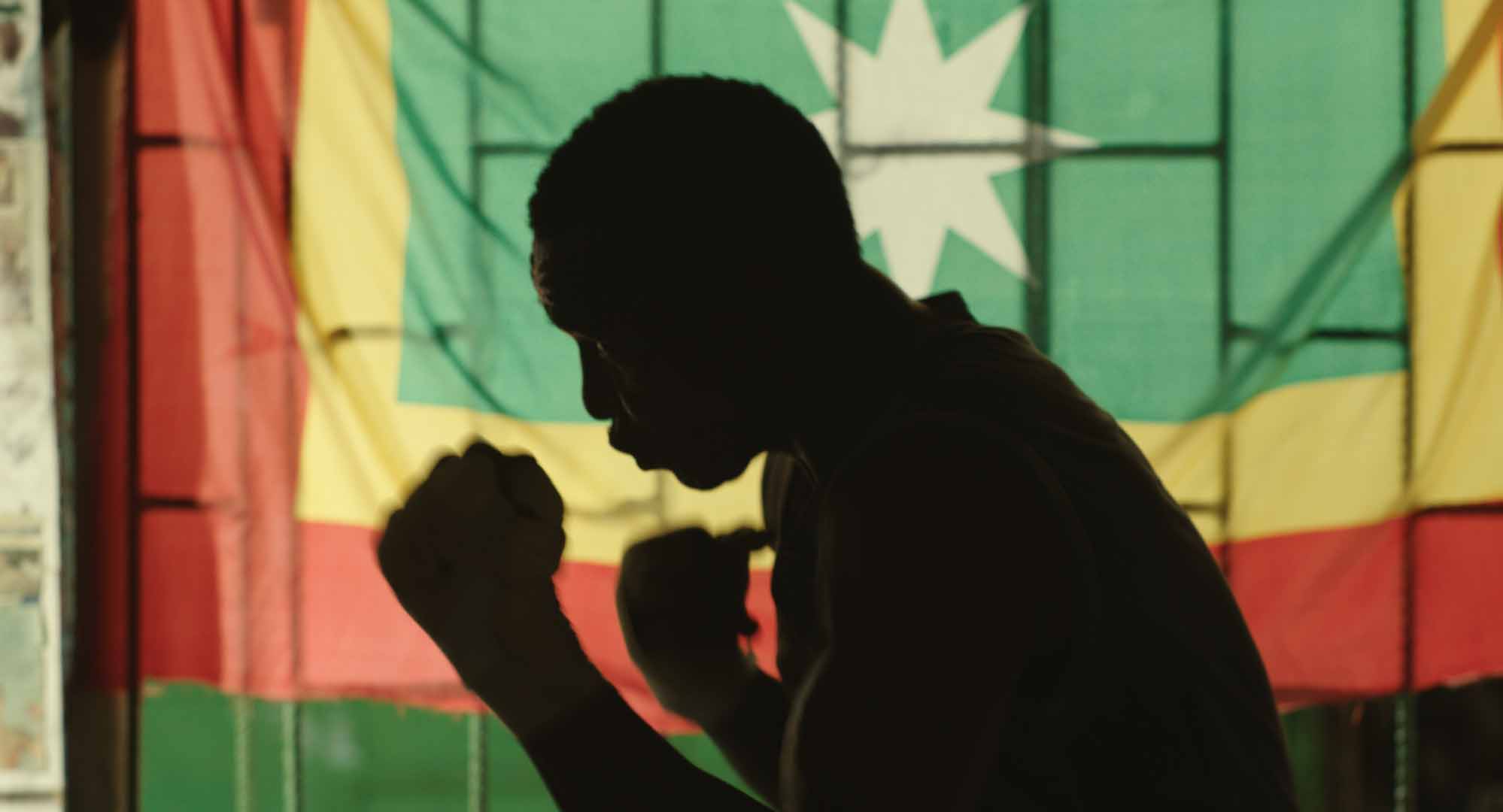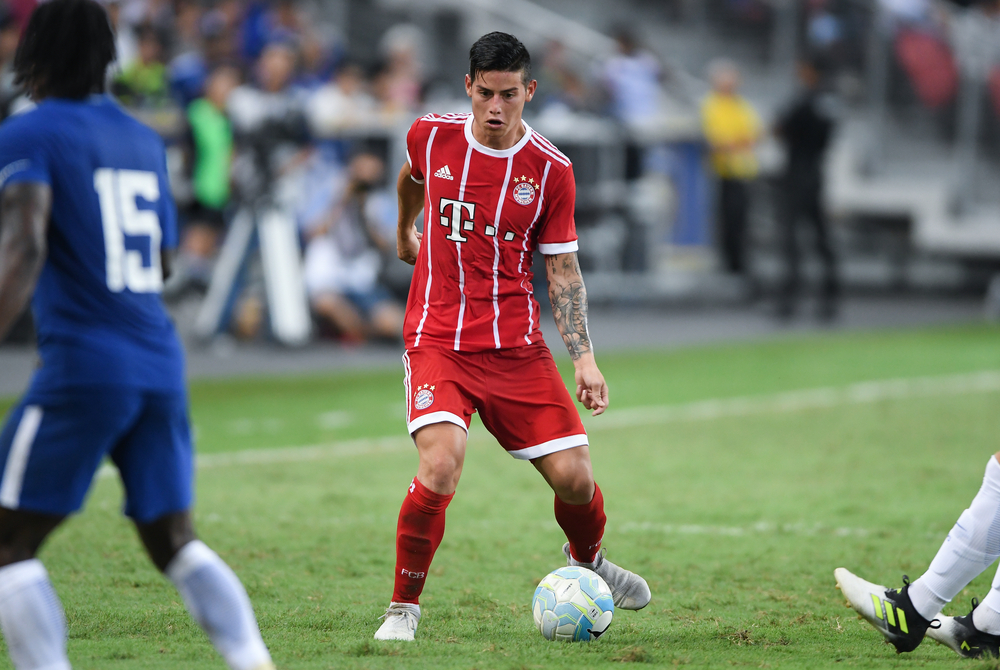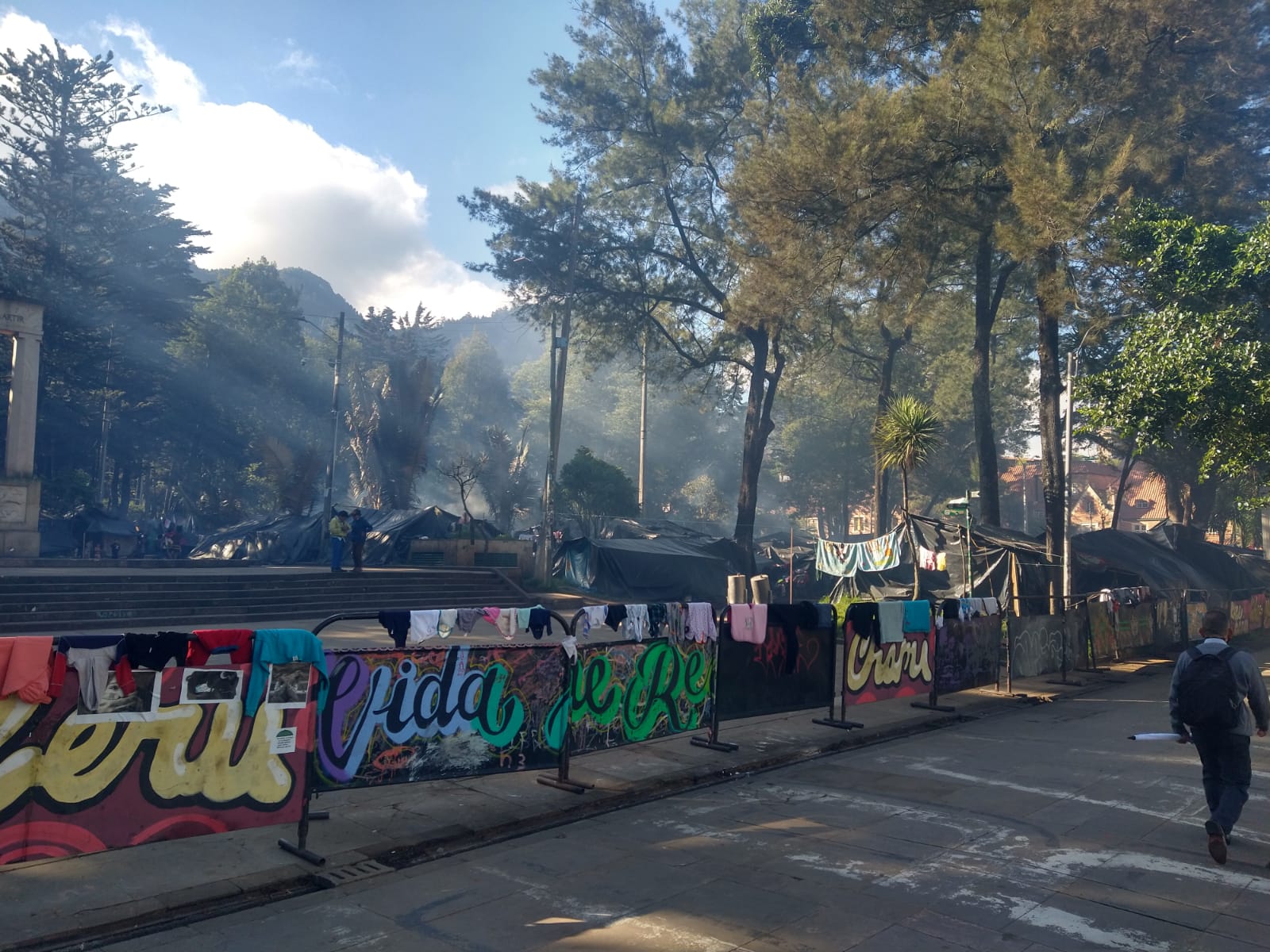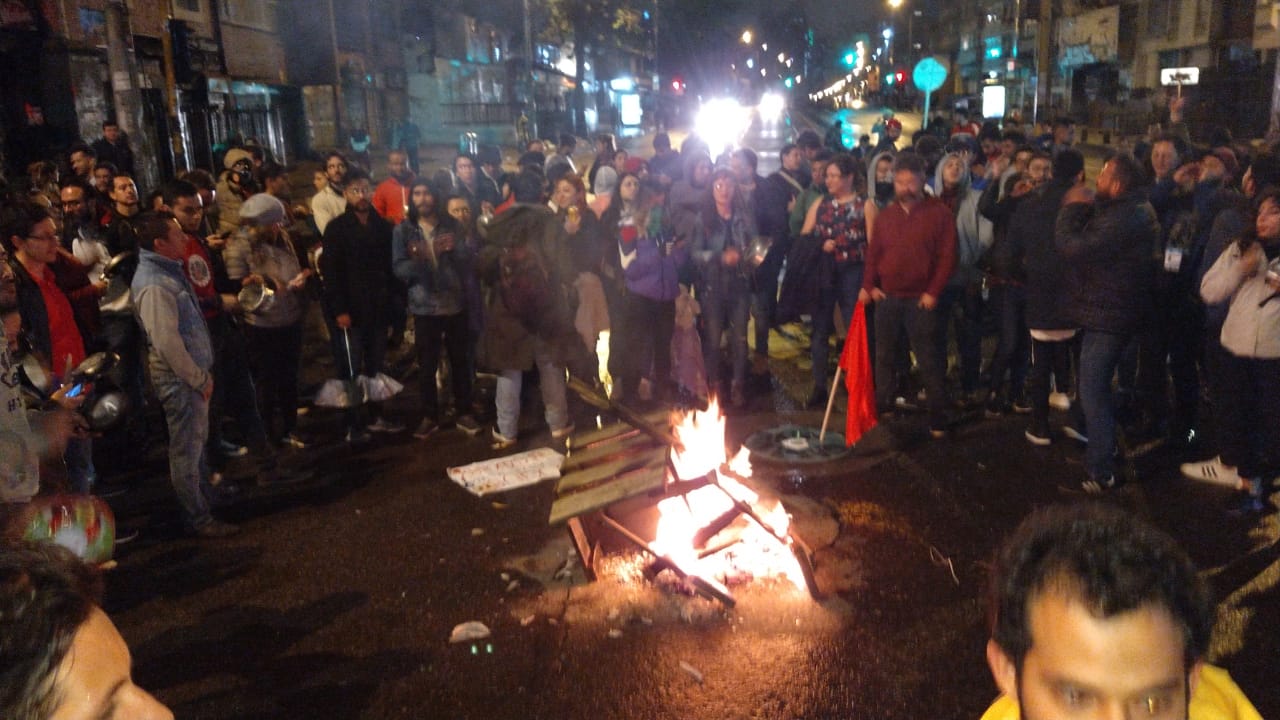70 thousand people march in the centre of Bogotá following the assassination attempt last week on senator Miguel Uribe Turbay.
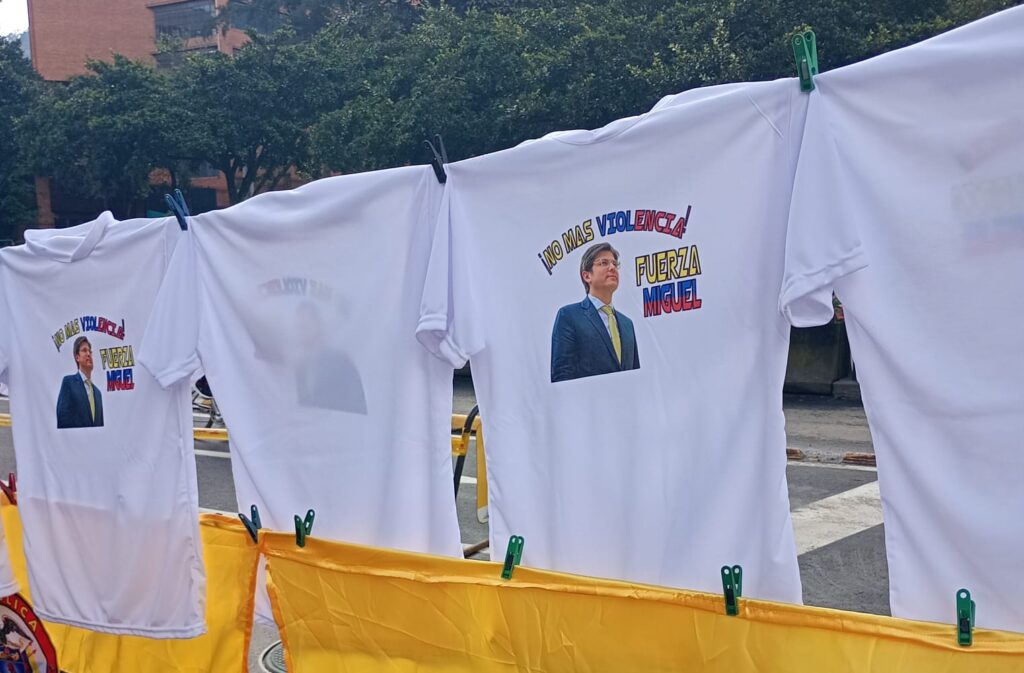
The Plaza de Bolívar this Sunday saw thousands of white-clad marchers arrive in support of Senator Miguel Uribe Turbay. The politician and pre-candidate for next year’s presidential election was attacked last week in an attempted assassination.
People began assembling in the Parque Nacional in central Bogotá early doors and departed at around nine am to march towards the Palacio de Nariño. While marches and protests in Colombia are often boisterous affairs, the Marcha del Silencio lived up to its name and was an appropriately solemn procession.

After a sparse start, numbers swelled throughout the fine June morning and were declared around 70,000 by the local government. That included senators Paloma Valencia and María Fernanda Cabal as well as ex-mayor and pre-candidate Enrique Peñalosa, among others.

Politicians from across the political spectrum called for calm last week and this weekend’s marches were arranged in the same spirit. A rainbow alliance of political parties, from Liberal to Conservador to Cambio Radical helped bring people together.
One prominent organisation, though, was not on the headed paper that proclaimed the march – that of Colombia Humana, president Gustavo Petro’s coalition. The president claimed the march was a success and proved Colombians’ commitment to peace over further political violence.
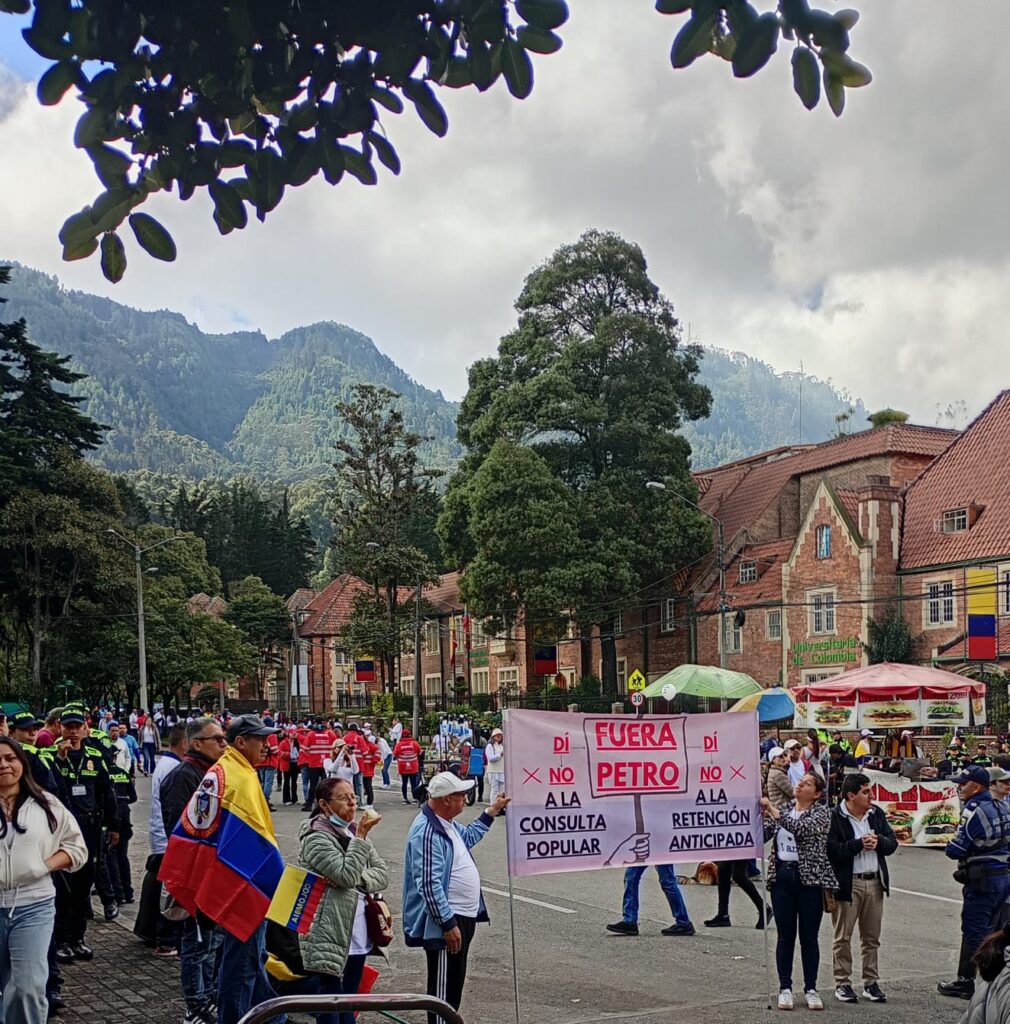
However, few in the crowd were on his side. While the march was ostensibly organised in order to make a plea for peace, many in the Bogotá crowd were pushing other agendas, with a plethora of banners demanding the resignation, removal or imprisonment of Petro.
It’s clear that Sunday’s marches were as much about political identification and a show of strength from the opposition as they were about calls for peace. Political symbols were abundant and clearly visible – and they did not reflect a diversity of opinion. This was to all intents and purposes an opposition march.
Sadly, this means that Colombians who simply want to support a non-partisan attempt at calming the waters had nowhere to go. Neither will they have many more options coming up – despite the vast majority of the country wanting less division and more reasonable debate.
What has happened in the past week?
As of Friday night, the Fundación Santa Fe reported the senator as being stable but remaining in a critical condition. Over the weekend the hospital will not report further, but indicated that ongoing health evaluations were to take place.
The youth who shot Uribe Turbay, reportedly for just COP$20 million, has cooperated with police since his detention, although investigations have yet to bear much fruit in terms of further arrests or understanding who was behind the attack. Another man, Carlos Eduardo Mora González has been arrested and charged.
That hasn’t stopped often wild speculation from all sides. Despite an initial shaky political truce on not playing politics with the event, that has fallen by the wayside as actors from across the political spectrum seek to gain advantage.
For example, the majority of political parties in Colombia refused to attend an emergency national commission organised by highly controversial Interior Minister Armando Benedetti, accusing the president of not being able to guarantee safety. Instead, another commission was convened with procurador Gregario Eljach presiding.
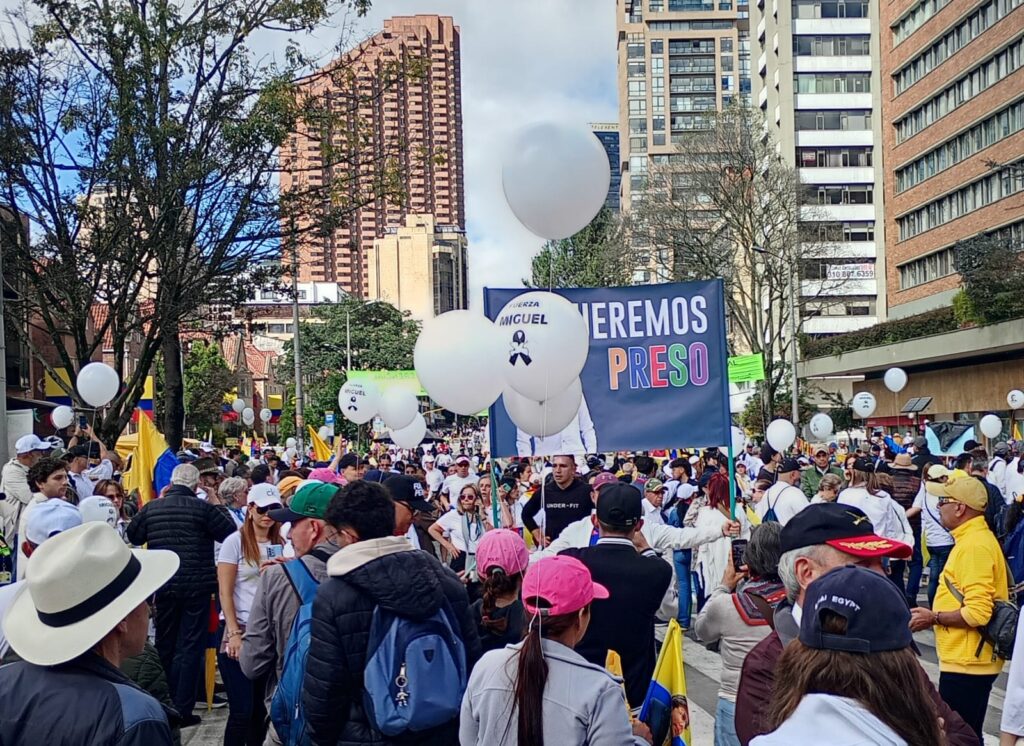
Too many in Colombian politics have simply refused to stop their rhetoric, accusing one side or the other of gaining from the event, even as they themselves exploit it for their own ends. Neither right nor left is above these tactics, from both street level organisers to sitting politicians.
Compounding the problem has been the influence of social media. Polarisation in Colombia is nothing new, but the speed at which news travels is now faster than ever. With grim predictability, an array of conspiracy theories are flooding the networks and being shared by thousands.
These range from blaming the president himself (often vía the Primera Línea) to claiming that it was a false flag operation from rightists (usually vía Álvaro Uribe Vélez). Other speculations have looked at the policing of the rally in which Uribe Turbay was attacked.
In a country where the Falsos Positivos scandal occurred, it’s wise not to rule anything out. However, neither does it make sense to jump to conclusions with the current proof available. It certainly doesn’t help what is already a febrile political atmosphere.
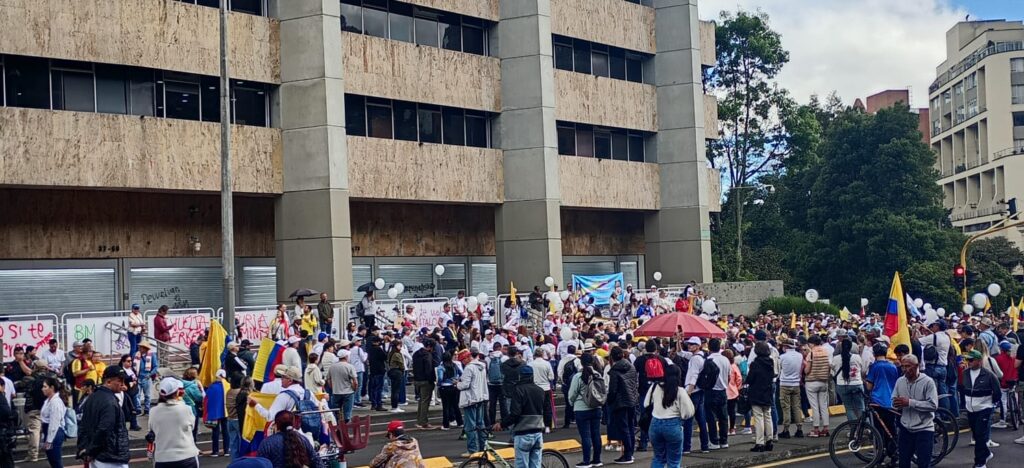
With over a year to go until the next president enters the Palacio de Nariño, politicians from all sides would be well advised to not just talk about the need for calm but actually practise what they preach and think before they speak.
The last thing the country needs right now is further inflammatory rhetoric, divisive words or wild conspiracies. Some silence from many political figures might in fact be what the country needs more than anything else.


